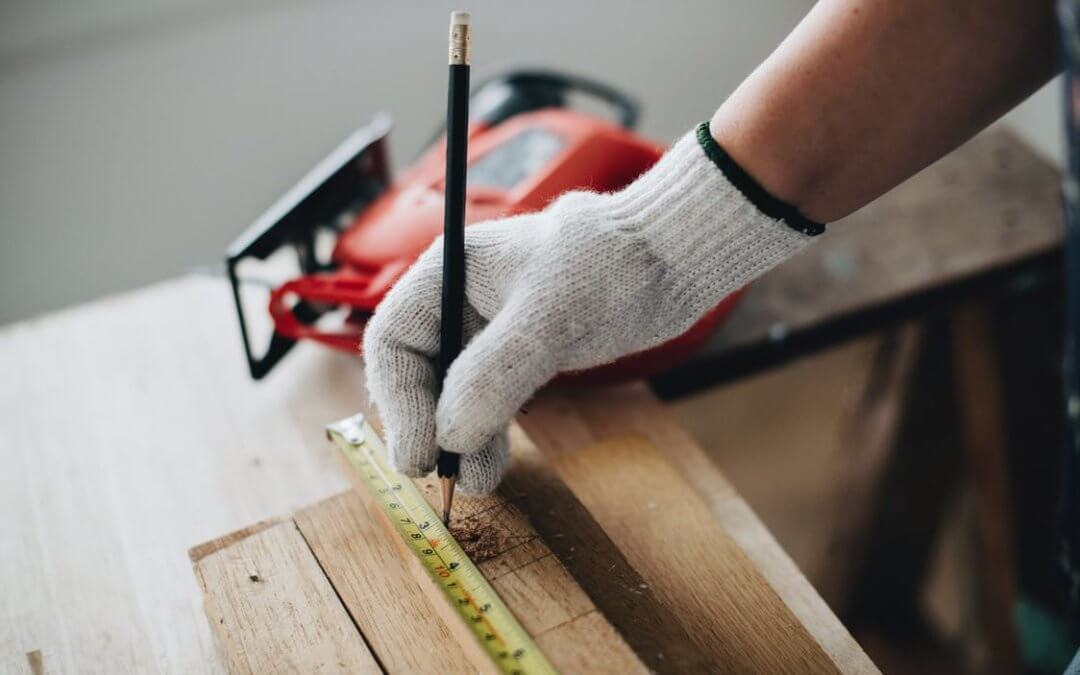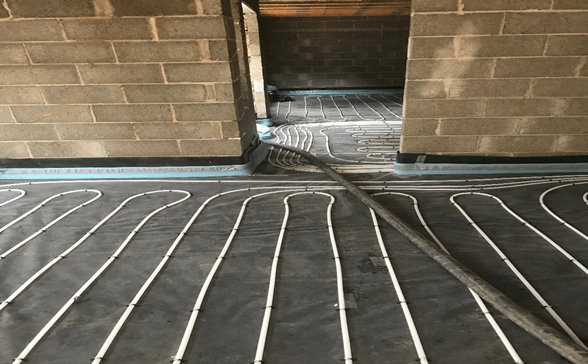https://www.doktressmelange.com/2025/06/17/4razwbsdt It is important to correctly prepare your building before laying any liquid floor screed. A failure to do so can cause large amounts of damage or even make the floor unsafe. It is quicker, easier and safer to follow the preparation measures as you go, so as to maximise the quality of your floor.
https://elien.ca/od29akexlmhttps://www.starc.org/uncategorized/fn6e6ruzg Building conditions
go here Your building should be as weather-tight as possible, as the screed needs a specific environment in order to dry correctly and provide a surface that is both smooth and flat. Windows and doors should be checked for correct fitting to ensure they are draught-free. A roof should be in place, either complete or with a temporary cover. All other openings need to be checked and temporarily sealed with either ply, insulation, or polythene.
click hereZolpidem Tablets Price Applying liquid screed over insulation
https://wonderpartybcn.com/62flm2duq Your insulation will first need to be laid correctly, following the manufacturer’s instructions. Once the screed has been applied, you won’t be able to access the insulation beneath. Ensure boards are flat and secure so that they won’t shift as the weight of the screed puts pressure on them. An expansion foam strip (we recommend ethafoam or similar) should be fixed around the perimeter, pipe ducts, and any other vertical features. This strip should be between 8mm to 15mm in thickness. The insulation should then be covered in a sheet of secured polythene, again ensuring that it is pulled flat and cut flush with the perimeter foam.
https://www.doktressmelange.com/2025/06/17/7c7hzmfd64 Get Ativan Onlinehttps://jahuss.com/20q87p4ovza Applying liquid screen over underfloor heating
https://elien.ca/mp20flh0a When laying heating pipes, always follow the manufacturer’s instructions. If fitted incorrectly they could leak and cause major damage. It is a lot easier to triple check them before laying the screed than have to pull it all up if there’s a fault. All pipework must be pressure tested before being covered, ideally with water, so that any leaks can be detected and repaired. They must also be fully secured so that they don’t float in the liquid screed.
https://www.galassisementi.com/lr5gqijesource link Final preparation
follow site Once all the above measures have been taken, do a final check to confirm everything is watertight and secure. Clean surfaces where needed so that they are grease-free and any loose debris is removed. Failure to do so before applying the flowing screed could prevent a smooth surface when the concrete screed dries. There is also a risk that any chemicals left behind could react with the screed and make it inefficient.
https://serenitycareandcompassion.com/6f6jmy69x5https://estherbarniol.com/tb1zr9jv For more information regarding how to prepare your property’s floor for liquid screed, please contact us.
go to link

